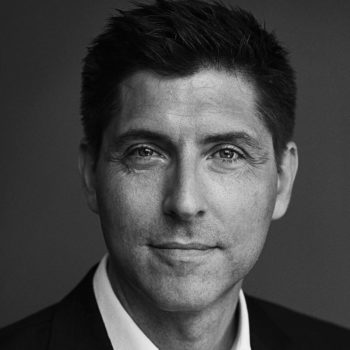Patenting of a second (or further) medical use of an already known pharmaceutically active ingredient has been possible at the EPO since decision G 5/83. The Enlarged Board of Appeal introduced the so-called “Swiss type” claims, which have since been replaced by the format of Article 54(5) EPC of the updated convention (EPC 2000). Decision G 2/08 from the Enlarged Board of Appeal confirmed the body of case law developed for the Swiss type format for the new Article 54(5) EPC and further put an “expiration date” on the Swiss type claims.
Article 54(5) EPC refers to “substances or compositions” and it is well-established that medical devices do not benefit from the additional patentability afforded by this article (see decisions T 1069/11, T 2369/10, and T 1099/09). It is also well-established that “active ingredients” in the classic sense, i.e. a molecule interacting with some receptor in the body to cause a beneficial effect against a disease does benefit from Article 54(5) EPC.
Recent decision T 264/17 answers the question of whether a “chemical” that is not an active ingredient in the classic sense can nonetheless benefit from Article 54(5) EPC. The application concerned the use of a perfluorinated polyether as a replacement for synovial fluid in a damaged joint. According to the description, the perfluorinated polyether exerted its effect by not interacting chemically with the body. The application was refused by the Examining Division for lack of novelty over a document describing the same perfluorinated polyether for a different use since, in the opinion of the Examining Division, the perfluorinated polyether was not an “active ingredient” and therefore did not qualify for the exception in Article 54(5) EPC.
The Board disagreed. The Board referred to T 2003/08, which was based on the former version of the EPC and G 5/83, and the criteria established therein for determining whether something could be considered a “substance or composition”:
It is decisive for determining whether or not a “substance” or “composition” is used in a treatment to establish (a) the means by which the therapeutic effect is achieved and (b) whether that which achieves the therapeutic effect is a chemical entity or composition of chemical entities.
The Board answered that in the case at hand, (a) the perfluorinated polyether achieved its effect by not interacting with the surrounding tissue rather than by assuming a particular three-dimensional shape (as would be the case for a medical device), and that this (b) was caused by its chemical properties. The Board further concluded that it was less important whether the substance could be considered an “active ingredient”. The decisive criterion was whether it was the chemical nature of the substance that caused the beneficial medical effect.
This decision is encouraging for applicants who wish to rely on new medical uses of chemical substances, but who may have doubts whether these chemical substances could be considered “active ingredients” or “devices”.
